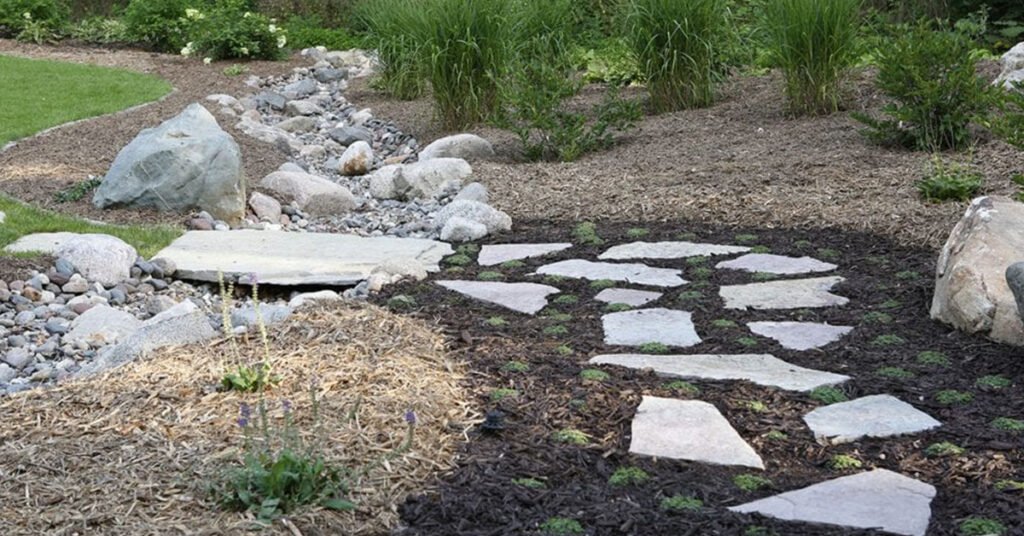Are you considering a career in landscaping? Perhaps you’ve heard the term “grading” tossed around but aren’t quite sure what it entails. Don’t worry; you’re in the right place! In this beginner’s guide, we’ll delve into what is grading in landscape, why it’s important, and how it plays a crucial role in shaping outdoor spaces. Let’s dive in.
What is Grading in Landscape?
Grading, in the realm of landscaping, refers to the process of shaping the land’s surface to achieve a desired slope or level. It involves manipulating the contours of the terrain to facilitate proper drainage, improve accessibility, and create visually appealing landscapes. Grading is often one of the initial steps in landscape design and construction, laying the foundation for the entire project.
Why is Grading Important?
Grading serves several essential purposes in landscaping:
Drainage: Proper grading ensures that water flows away from structures and other vulnerable areas, preventing water damage and erosion. By directing water flow strategically, grading helps maintain the health and integrity of the landscape.
Accessibility: Grading can create level surfaces that are easier to navigate, whether it’s for walking paths, driveways, or outdoor living spaces. Smoothing out uneven terrain improves usability and enhances the overall functionality of outdoor areas.
Aesthetics: Skillful grading can transform a flat, featureless plot of land into a dynamic landscape with varied elevations and contours. By sculpting the terrain, landscapers can create visually stunning vistas and focal points that captivate the eye and enhance curb appeal.
The Grading Process
Grading typically involves several steps, including:
Site Evaluation
Before any grading work begins, landscapers assess the site to identify existing features, soil conditions, and drainage patterns. This evaluation informs the grading plan and ensures that the desired outcomes are achievable.
Earthwork
Using heavy machinery such as bulldozers, graders, and excavators, landscapers reshape the land according to the grading plan. This may involve cutting into high areas, filling in low spots, and sculpting the terrain to achieve the desired slopes and contours.
Compaction
After the desired grading is achieved, the soil is compacted to improve stability and reduce settling over time. Compaction ensures that the graded surface remains durable and resistant to erosion.
Final Touches
Once the grading is complete, finishing touches such as seeding, sodding, or landscaping are added to enhance the beauty and functionality of the outdoor space.
Tips for Successful Grading
If you’re considering a career in landscaping, here are some tips to keep in mind when it comes to grading:
Learn the Basics
Familiarize yourself with grading techniques, equipment, and industry best practices. Take advantage of training programs, workshops, and on-the-job experience to hone your skills.
Attention to Detail
Pay close attention to site conditions and client preferences when developing a grading plan. Small details can make a big difference in the final outcome of a landscaping project.
Collaborate with Experts
Don’t hesitate to seek guidance from experienced landscapers and industry professionals. Collaborating with others can help you gain valuable insights and refine your grading techniques.
Stay Updated
Keep abreast of advancements in landscaping technology, materials, and techniques. Continuous learning and adaptation are key to staying competitive in the landscaping industry.
Read More: Do Landscapers Need a Contractors License?
Conclusion
Grading is a fundamental aspect of landscaping that shapes the foundation of outdoor spaces. Whether you’re creating a lush backyard oasis or a sprawling commercial development, understanding the principles of grading is essential for achieving successful outcomes.
By mastering the art of grading, you’ll be well-equipped to embark on a rewarding career in the landscaping industry, transforming ordinary landscapes into extraordinary outdoor environments.



